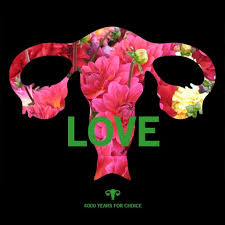PREPARING FOR YOUR FIRST MENSTRUATION

PREPARING FOR YOUR FIRST MENSTRUATION Starting your menstruation is a major event that happens in a girl’s life, some girls embrace the first drops of blood with joy and relieve while others feel confused and scared. Whatever the reaction may be, the first menstruation marks the beginning of womanhood in all girls. Statistics shows that most girls start menstruating within the age of 12-16 although some may be earlier while some are late but nevertheless, you shouldn’t wait till your first menstruation before you know what menstruation is all about. Ø When are u expected to start menstruating Menstruation is not just about having a period; it is a sign that a girl is capable of becoming pregnant. Physical changes such as breast development, growth of hair in some pubic areas, rapid growth e.t.c., are signs that you will soon start menstruating. Menstruation begins at about two and half years after the physical changes, this also varies in girls. Ø Know about


